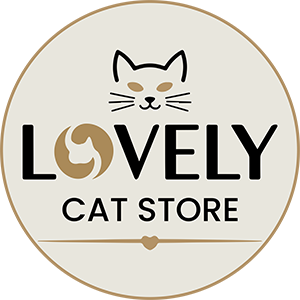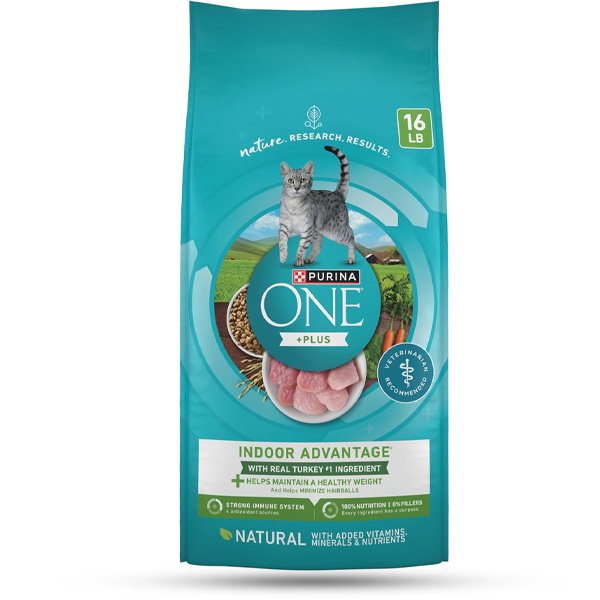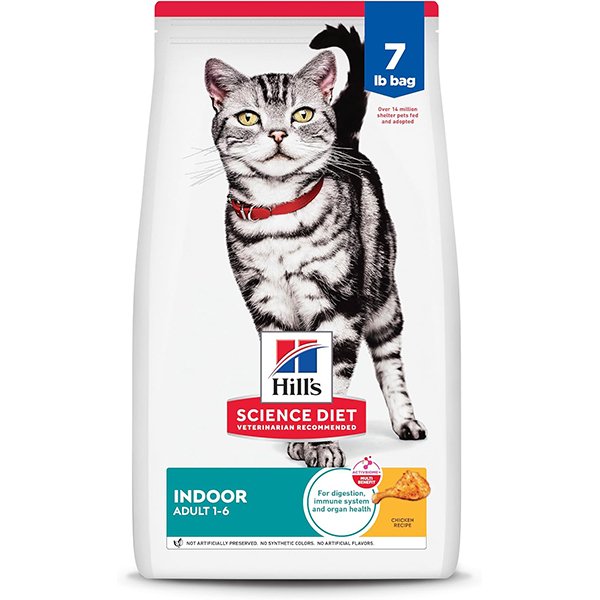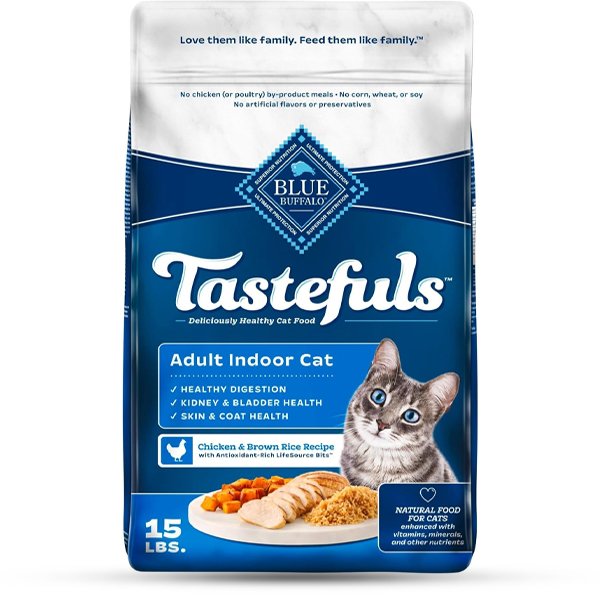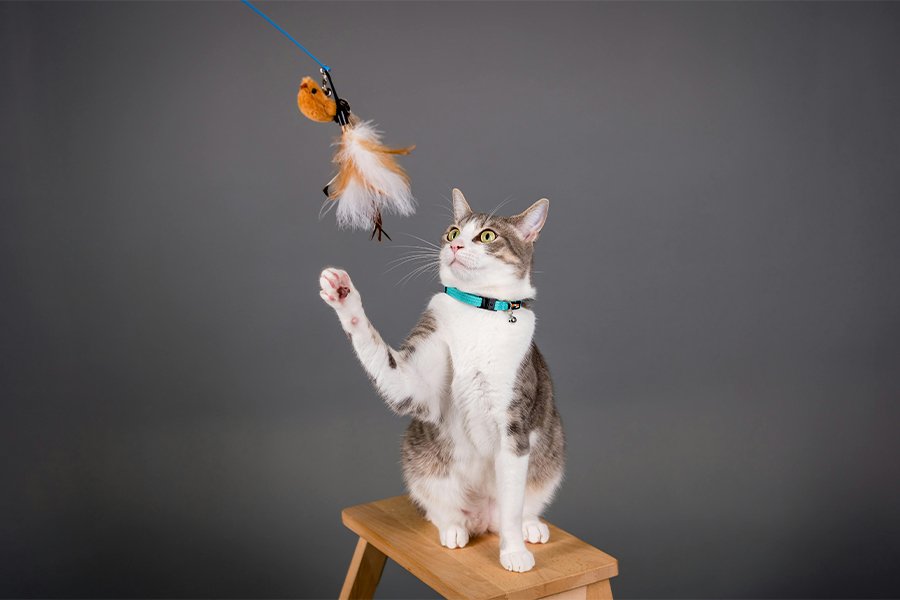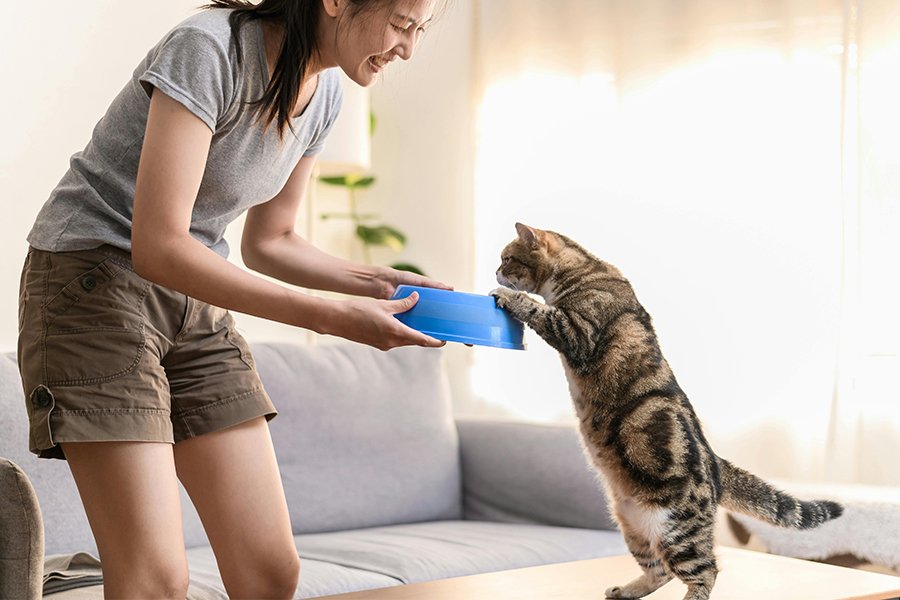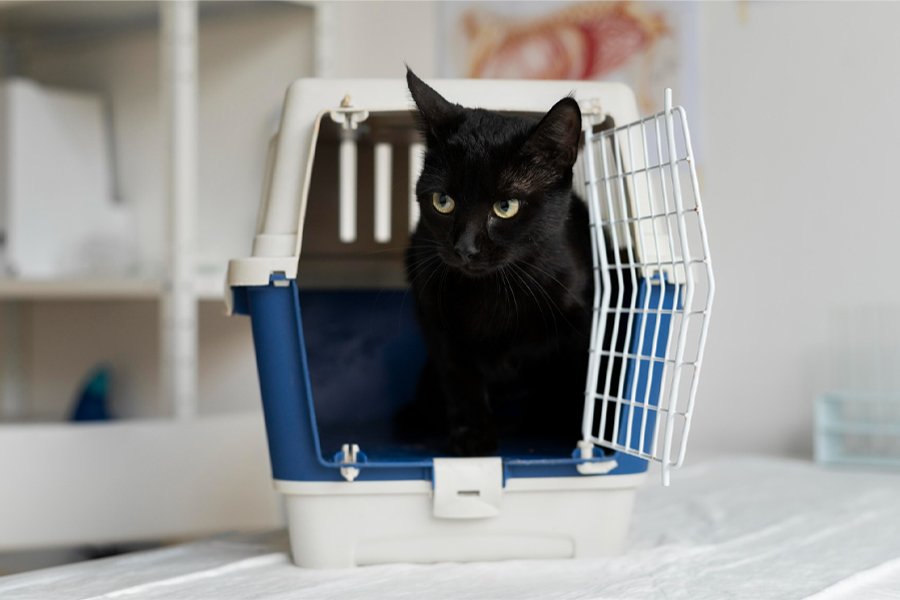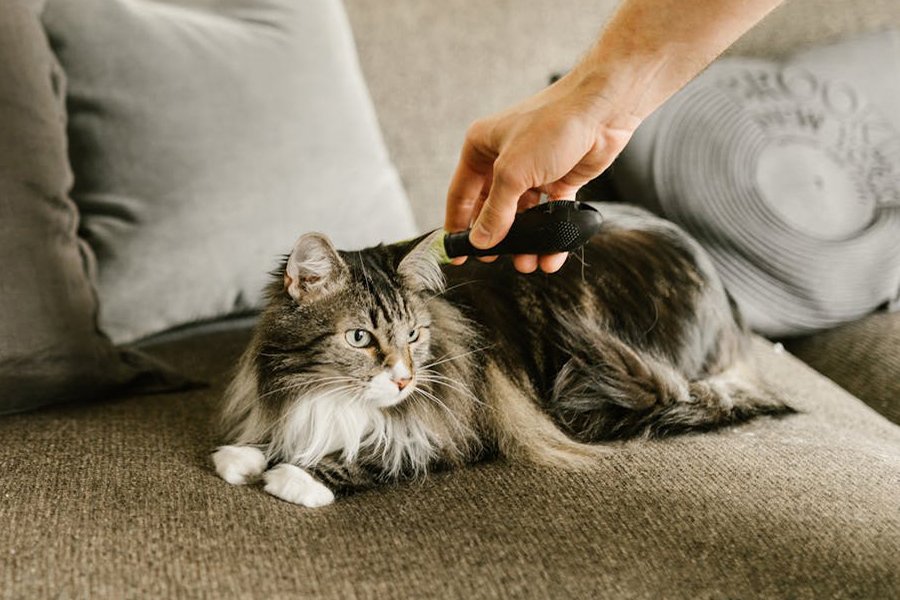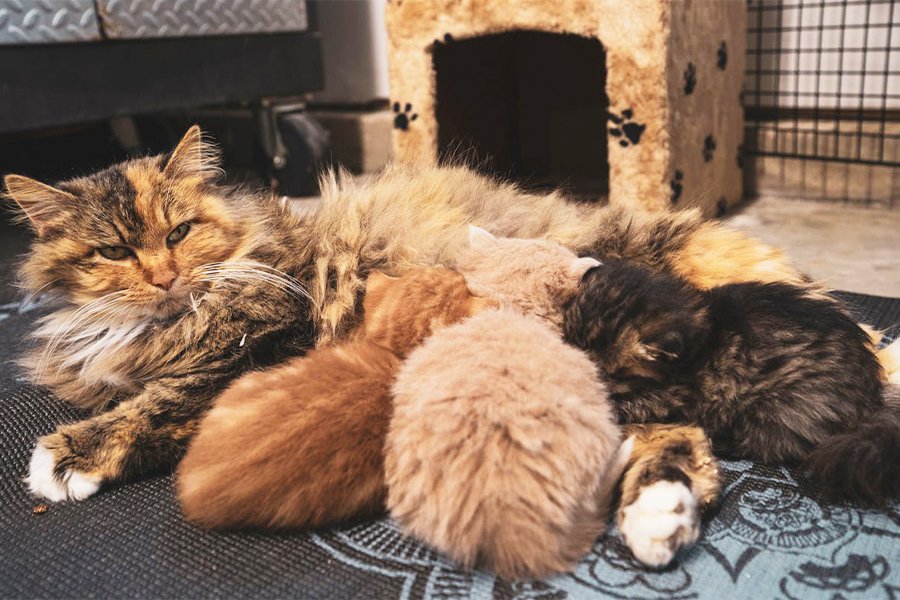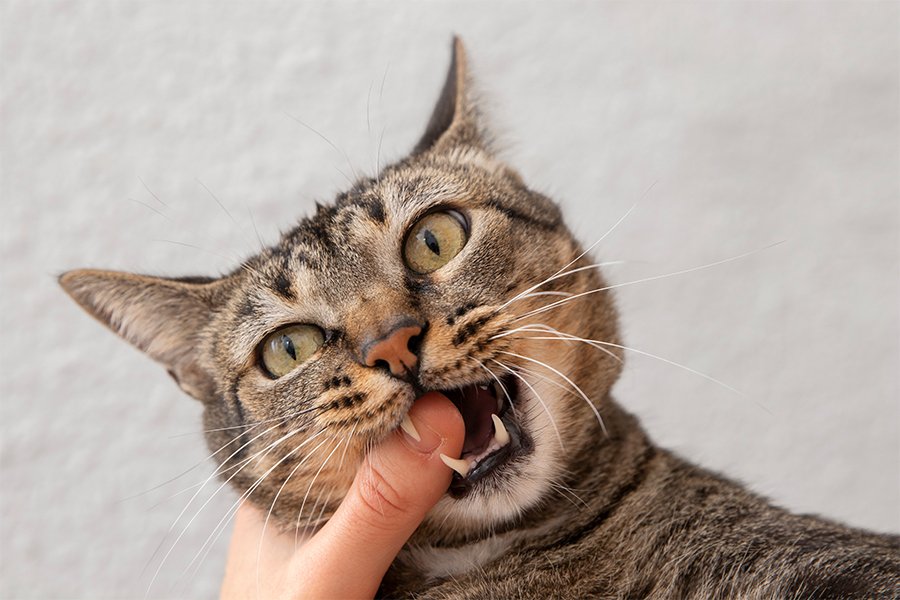How Much Should My Cat Eat Calculator – Accurate Feeding Guide for Cats
Feeding the right portion is key to your cat’s health and happiness. Our How Much Should My Cat Eat calculator makes it easy to find the perfect daily amount. No more guesswork—just simple, accurate feeding for every stage of life.
How Much Food Should My Cat Be Eating Daily?
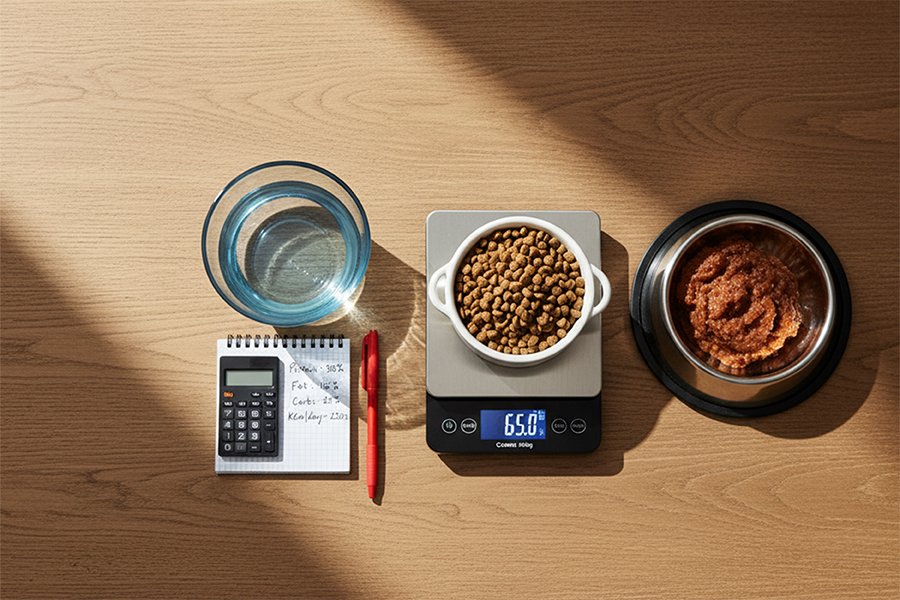
Feeding your cat the right amount of food is one of the most important parts of pet care—but also one of the most confusing. Many cat owners ask the same question every day: “How much food should my cat be eating?” The truth is, the answer is never the same for every cat. Age, weight, activity level, and health conditions all impact the amount of food your cat needs to stay healthy.
Feeding too little can lead to weakness, poor coat quality, and nutritional deficiencies. On the other hand, feeding too much often leads to obesity, diabetes, and other health risks. This is where a how much should my cat eat calculator becomes useful.
Instead of guessing, a calculator gives you a clear answer about your cat’s daily calorie needs. It helps you create a feeding plan that matches your cat’s lifestyle. Whether you’re wondering “how much food should my kitten eat?”, “How often should my cat eat?”, or “How much dry and wet food should I feed my cat?” The calculator provides accurate guidance.
With this tool, you do not just prevent overfeeding or underfeeding—you also give your cat the right nutrition at every life stage. By following a cat feeding guide based on real numbers, you make sure your furry friend lives a healthier, happier, and longer life.
How the Cat Feeding Calculator Works?
The concept behind a cat feeding calculator is simple but powerful. Cats require a certain amount of calories each day to maintain a healthy weight. The calculator looks at several factors:
- Age – kittens, adults, and seniors all have different needs.
- Weight – both current weight and ideal weight matter.
- Activity level – indoor cats need fewer calories than active outdoor cats.
- Health conditions – special diets may be needed for overweight cats, diabetic cats, or cats with kidney disease.
Once you put these details in, the calculator provides a daily calorie requirement. From there, you can translate calories into cups or ounces of dry food, or grams of wet food. For example, if the calculator indicates that your cat needs 200 calories per day and your chosen dry food contains 350 calories per cup, you would feed approximately two-thirds of a cup per day, divided into two meals.
This method eliminates confusion. Instead of thinking “how much food should my cat be eating?”, you get an exact answer based on science, not guesswork.
Why You Shouldn’t Guess Your Cat’s Food Portions?
Many cat parents believe that simply keeping the food bowl full or giving food whenever the cat meows is the easiest way to feed. While it may seem convenient. But in reality, this habit can create long-term health problems. Free-feeding, especially with dry kibble, is one of the most common reasons why so many house cats struggle with weight gain. When food is always available, cats tend to snack out of boredom rather than hunger, and over time, this leads to obesity, diabetes, and other health risks. According to the Association for Pet Obesity Prevention, more than 60% of cats in the United States are overweight.
This is where using a how much should my cat eat calculator changes everything. Instead of relying on guesswork, a calculator gives you an exact number of calories your cat needs each day. From there, you can translate those calories into measured cups of dry food or ounces of wet food, depending on what you feed. By sticking to measured portions, you protect your cat’s health, prevent unnecessary weight gain, and still make sure they feel satisfied after meals.
Think about it: maybe you have noticed your cat’s belly becoming rounder and, late at night, you found yourself searching online for “how much food should my cat be eating?” The real answer isn’t to abruptly reduce their food intake or skip meals. Such actions can stress your cat and lead to nutritional deficiencies. Instead, the key is balance: using a calculator to determine the appropriate portion size and feeding it consistently each day. This approach helps your cat maintain energy, stay active, and enjoy a healthier, longer life.
Feeding Example: Kitten vs. Adult Cat
Let’s say you have a 3-month-old kitten. The calculator might show that your kitten needs 250 calories a day, spread over 3–4 meals. That could mean 2–3 ounces of wet food in the morning, another serving midday, and a smaller one at night.
Now compare that with a 3-year-old indoor adult cat weighing 10 pounds. The calculator may suggest 180–200 calories per day, which equals about two 3-ounce cans of wet food or ¾ cup of dry kibble. Suddenly, the question of how much food my kitten should eat and how much my adult cat should eat looks very different.
This flexibility is the real power of a calculator—it adapts to your cat’s life stage.
How Often Should My Cat Eat?
Another big question cat parents ask is: “How often should my cat eat?” Once again, the calculator provides a guideline, but you can adjust based on your cat’s habits.
• Kittens (under 6 months): 3–4 small meals a day.
• Adult cats (1–7 years): 2 meals per day (morning and evening).
• Senior cats (7+ years): 2–3 lighter meals, depending on activity and health.
Cats do well on routines. Feeding them at the same time each day helps regulate their digestion and prevents overeating. Pairing the calculator with an automatic cat feeder (many affordable options are on Amazon) makes it easier to control portions even when you’re away from home.
Recommended Products
4.8 (13,400) Based on Amazon Reviews
How Often Should My Cat Eat?
Portions alone don’t solve everything—the type of food matters too. Dry kibble, wet canned food, or a mix of both will have different calorie densities. For example:
• Dry food → around 300–400 calories per cup.
• Wet food → around 70–100 calories per 3-ounce can.
Without checking the label, it’s impossible to guess correctly. The calculator bridges that gap. When you enter “dry vs wet food,” you get a portion recommendation that matches the calorie count on the packaging.
If you want to be extra accurate, a digital kitchen scale can help you measure exact grams of food. That way, your cat always gets the right amount—no more, no less.
Feeding Guidelines by Age and Life Stage
Feeding cats is not a “one-size-fits-all” task. The right portion depends heavily on their age, activity level, and overall health. That’s why pet parents often turn to a how much should my cat eat calculator—because it adapts to every stage of life. Let’s break down feeding needs across kittens, adults, seniors, and even special conditions, so you never have to ask “how much food should my cat be eating?” again.
Kittens (0–12 Months): How Much Food Should My Kitten Eat?
Kittens grow faster than at any other stage of life. Between birth and 6 months, their bodies triple in size, and they need 2–3 times more calories per pound than adult cats.
- Calories: Around 250–280 calories per day for an average kitten.
- Meals: 3–4 meals daily, spaced evenly.
- Food type: Wet food is often recommended because it’s easier to digest and provides hydration.
For example, if a kitten weighs 3 pounds and needs about 90 calories per pound, that equals 270 calories per day. If the kitten food you’re using has 100 calories per can, you’ll need nearly 3 cans daily, divided into meals.
Common Mistake to Avoid: Many new owners free-feed dry food, leaving kibble out all day. While this may seem convenient, it often leads to overeating and obesity later. Controlled meal times help kittens learn portion control.
Transition from Kitten to Adult Food
Most kittens switch to adult cat food at 12 months. This transition should be gradual—mixing a little adult food with kitten food over 7–10 days—to avoid stomach upset.
Adult Cats (1–7 Years): How Much Food Should My Cat Be Eating?
An adult indoor cat’s needs are very different from a kitten’s. Most indoor cats live relatively sedentary lives and require fewer calories than their outdoor counterparts.
- Calories: On average, 180–220 calories per day for a healthy 10-pound indoor cat.
- Meals: 2 meals per day (morning and evening).
- Dry food example: If your kibble has 350 calories per cup, you’ll feed around ⅔ of a cup daily.
- Wet food example: Two 3-ounce cans (about 90–100 calories each).
Outdoor Cats: Cats that roam outside or are naturally more active may need up to 250–300 calories daily.
Use a kitchen scale or measuring cup—eyeballing portions leads to mistakes. This is where a cat portion calculator saves time and keeps you consistent.
Why a Calculator Helps You Choose the Right Cat Food
Treats should never exceed 10% of daily calories. For a 200-calorie daily requirement, this means 20 calories can come from treats. Anything more risks weight gain.
Recommended Products
4.7 (15,309) Based on Amazon Reviews
Adult Cats (1–7 Years): How Much Food Should My Cat Be Eating?
Aging cats have slower metabolisms, less activity, and sometimes health problems. Senior cats should get lighter but more frequent meals.
- Calories: 160–200 calories per day (depending on weight and health).
- Meals: 2–3 smaller meals to avoid stomach discomfort.
- Food type: Wet food is often better for seniors since it provides hydration and is easier to chew.
Special Note: Older cats frequently experience dental issues or arthritis. If your older cat reacts by biting when you touch near its mouth or has difficulty chewing dry food, please see your veterinarian.
Adjusting for Health Conditions
- Overweight seniors: Portion control is critical—use a calculator for precision.
- Arthritis or mobility issues: Place food bowls at an easy height.
- Chronic kidney disease: Special prescription diets may be necessary.
Special Conditions: Cats with Unique Needs
Not every cat fits neatly into “kitten, adult, senior.” Some have special conditions requiring tailored diets.
- Diabetic cats: Need timed meals with consistent carb control, often best managed with wet food.
- Pregnant or nursing cats: Require almost double the calories of a normal adult cat.
- Obese cats: Use a calculator to create a calorie deficit safely—too fast a diet is dangerous.
Example: If a diabetic cat needs 200 calories daily, it’s better to split them into 3–4 small meals instead of 2 large ones, to regulate blood sugar.
Why Life Stage Feeding Matters
Feeding kittens too little can stunt growth. Overfeeding adult cats leads to obesity and disease. Underfeeding seniors causes weakness and nutrient deficiencies. Each stage requires precise portions, and that’s exactly why a how much should my cat eat calculator is such a valuable tool—it adapts to age, weight, and lifestyle so your cat thrives at every stage.
Key Factors That Affect How Much Your Cat Should Eat
Even with a calculator to determine how much my cat should eat, each cat is different, and various key factors affect their daily nutritional needs. By understanding these factors, cat owners can make better feeding decisions rather than just following food labels blindly.
Adjusting for Health Conditions
A healthy feeding plan always starts with your cat’s weight. A 10-pound cat and a 15-pound cat obviously need different calorie amounts. But what many owners do not realize is that ideal weight matters more than current weight. For example, if your cat is overweight, the calculator adjusts portions for safe weight loss. Feeding based on the current overweight status only keeps the problem going. A cat’s body condition score (BCS) is often used by vets to evaluate if your cat is underweight, normal, or overweight—and this directly affects daily food intake.
Activity Level and Lifestyle
Indoor cats burn fewer calories than outdoor cats. An indoor-only cat who spends most of the day sleeping may need just 180 calories daily, while an outdoor hunter might need 250–300 calories. Even within the home, activity levels vary. Some cats are naturally energetic, running after toys or climbing cat trees, while others are more laid-back. The calculator helps balance this by adjusting calorie needs based on activity.
Age and Growth Stage
Kittens, adults, and seniors all metabolize food differently. A kitten may need three times more calories per pound than an adult, while senior cats often require fewer calories but higher-quality protein to prevent muscle loss. Without considering age, it’s easy to overfeed or underfeed. That’s why one of the most common searches—“how much food should my kitten eat vs how much food should my adult cat eat”—has very different answers.
Food Type: Wet vs. Dry vs. Mixed Diets
Not all cat food is equal. Dry food usually has around 300–400 calories per cup, while wet food averages 70–100 calories per 3-ounce can. Feeding amounts should always be calculated according to the calorie density of the chosen food. For example, feeding 1 cup of dry food and 2 cans of wet food on the same day could easily double your cat’s calorie needs. Using a calculator ensures you match portions with actual nutritional value.
Health Conditions and Special Needs
Some cats require unique diets due to health problems. Obesity, diabetes, kidney disease, or hyperthyroidism all change the way you should feed your cat. A diabetic cat may need timed meals with consistent carbohydrate levels, while a cat with kidney disease might require low-phosphorus wet food. These conditions highlight why asking “how often should my cat eat?” doesn’t have one universal answer. Instead, it depends on individual health needs, often with vet guidance.
Environment and Stress Levels
Believe it or not, stress also affects appetite. Cats living in multi-pet households or stressful environments may overeat or undereat. Providing routine, safe feeding spaces and enrichment reduces food-related anxiety.
Why This Matters More Than Labels
Cat food packaging usually provides a broad range, such as “feed ½ to 1 cup daily,” but that’s too vague. By looking at weight, lifestyle, age, food type, and health conditions, you get a feeding plan that’s accurate for your cat—not just for an “average cat.” This is why pairing these factors with a cat feeding calculator gives the most reliable results.
Practical Feeding Tips and Example Calculator Chart
By now, you know that a how much should my cat eat calculator is the most accurate way to determine daily portions. But even with the right numbers, success depends on how you feed your cat every day. Small adjustments to your cat’s feeding routine, food type, and household rules can make a significant difference in keeping your cat healthy and happy.
Practical Feeding Tips for Cat Parents
1. Stick to a Routine
Cats are creatures of habit. Feeding them at the same time daily helps regulate digestion and reduces stress. Most vets recommend two meals a day for adult cats, while kittens may need three to four smaller meals. If your work schedule is busy, an automatic cat feeder (available on Amazon) ensures consistent meal timing.
4.7 (614) Based on Amazon Reviews
2. Measure, Don’t Guess
Eyeballing food portions is one of the biggest mistakes owners make. Even a “little extra” adds up over time. Use a digital kitchen scale or measuring cup to portion out dry or wet food accurately. This is where pairing a cat portion calculator with exact measuring tools saves your cat from obesity.
3. Combine Wet and Dry Food Smartly
Both wet and dry food have benefits. Wet food provides hydration and is easier to chew, while dry food is convenient and helps with dental health. Using a mix keeps meals balanced. Always calculate calories for both types together—don’t double portions by mistake.
4. Adjust Portions with Seasons
Outdoor cats often need more food in winter because they burn more calories keeping warm. Indoor cats may gain weight in colder months due to less activity. Use the calculator to re-check calorie needs when seasons change.
5. Don’t Overdo Treats
Treats should never exceed 10% of daily calories. Choose low-calorie options like freeze-dried chicken or salmon. If your cat is overweight, use part of their daily meal as “treats” during play or training instead of adding extra calories.
6. Watch for Body Language and Weight Changes
Even with the best calculator, monitoring your cat’s body condition is essential. If your cat looks thinner, feels bonier, or is gaining belly fat, adjust portions accordingly. Schedule regular vet checkups to confirm a healthy weight.
Example Cat Feeding Calculator Chart
Here’s a simple example of how calorie needs translate into food portions. (Always double-check with your own calculator and food label.)
Cat Weight | Lifestyle | Daily Calories | Dry Food Portion | Wet Food Portion |
5 lbs Kitten | Growing | 250–280 | ¾ cup dry | 3 x 3oz cans |
10 lbs Adult (Indoor) | Low activity | 180–200 | ⅔ cup dry | 2 x 3oz cans |
10 lbs Adult (Outdoor) | Active | 220–250 | ¾–1 cup dry | 2–3 x 3oz cans |
15 lbs Senior | Low activity | 160–180 | ½ cup dry | 1–2 x 3oz cans |
This is only an example. Using a how much should my cat eat calculator ensures accuracy based on your cat’s exact needs.
Recommended Tools for Cat Parents
As an affiliate blogger, this is where you can add product links naturally:
- Automatic Cat Feeder → Perfect for busy owners who want meal consistency.
- Digital Kitchen Scale → Ensures precise portions of dry or wet food.
- Interactive Cat Toys → Burn calories through play, preventing frustration-driven eating.
- Cat Food Storage Containers → Keeps dry kibble fresh and prevents overfeeding.
Each of these items directly supports accurate feeding and can be linked to Amazon for commissions.
Why Using a Calculator Beats Guesswork
Many competitors stop at generic advice, but the real strength of this blog is connecting every tip back to the how much should my cat eat calculator. Guessing portions, relying on packaging, or “feeding when hungry” leads to long-term health risks. A calculator combined with tools like feeders and scales removes guesswork, saves money on wasted food, and most importantly, ensures your cat lives a longer, healthier life.
Final Thoughts: Building a Lifelong Healthy Feeding Routine
Feeding your cat is more than just filling a bowl—it’s about giving them the right nutrition, in the right portions, at the right times. With the help of a cat feeding calculator, portion control tools, and consistent routines, you can stop worrying about “how much food should my cat be eating” and start enjoying the companionship of a healthy, happy feline.
Cats thrive when their basic needs are met. By feeding the correct amount, providing enrichment, and respecting their unique needs, you’re not just preventing obesity or underfeeding—you’re building a bond of trust that will last a lifetime.
Wasted food, and most importantly, ensures your cat lives a longer, healthier life.
